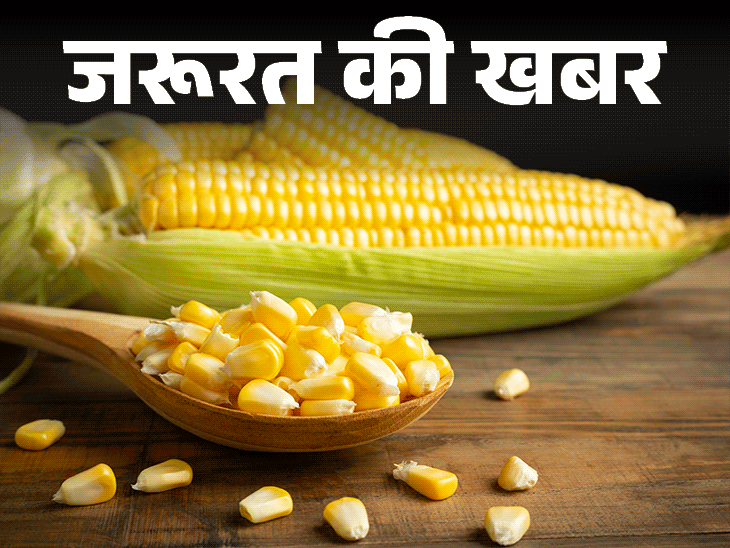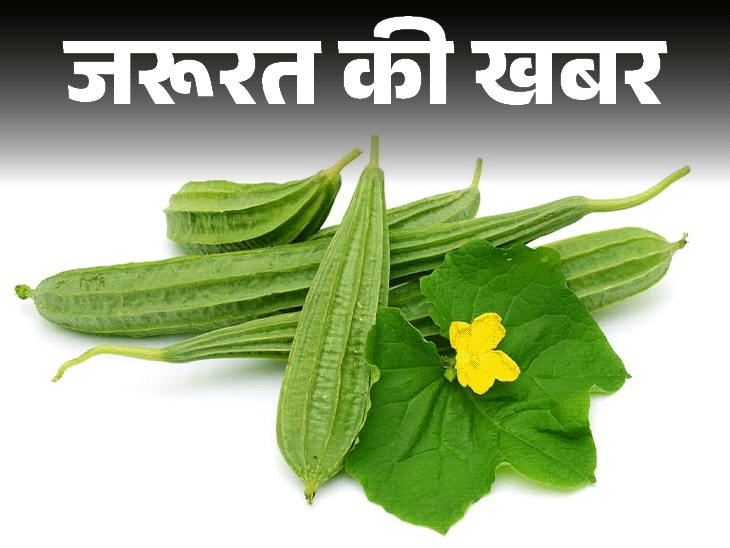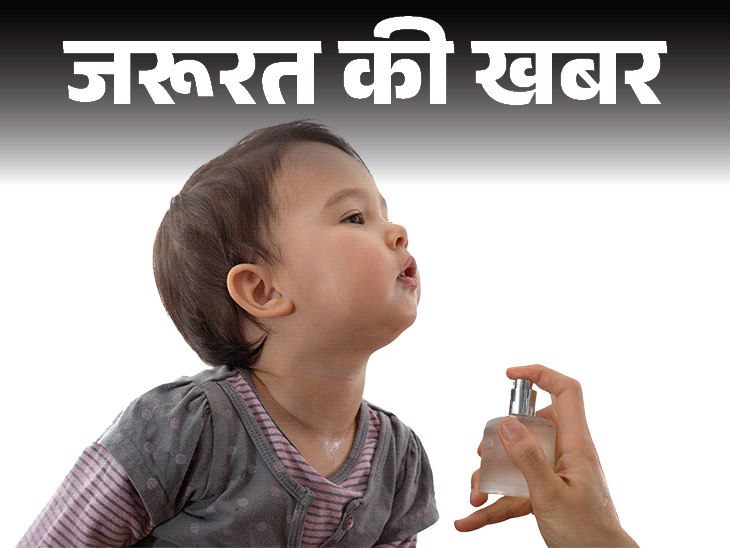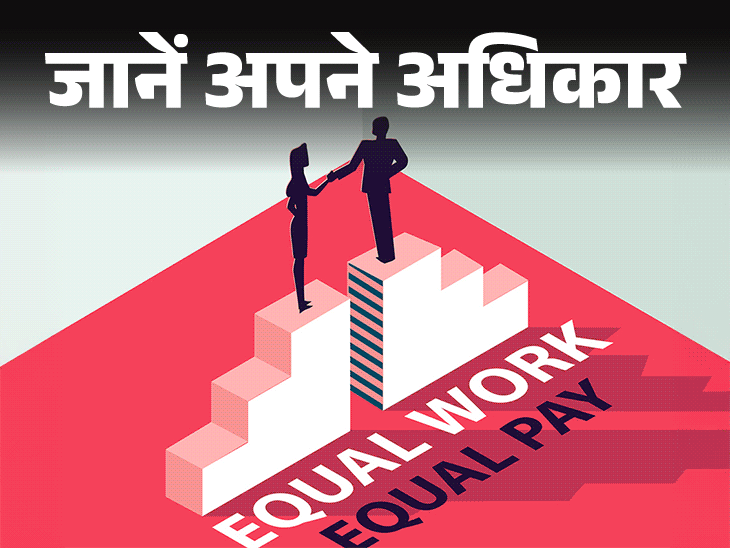4 minutes agoAuthor: Shivakant Shukla
- Copy link

Rain In the weather, corn (corn) carts start appearing on the roads. Although Bhutte meets all the year, but during the rainy season we get to taste the juicy corn coming out of the fields directly. Usually people like to eat lemon-salt after baking it on fire.
The more tasty it feels in food, the more it is beneficial for health. Organic and unproced corn are rich in many essential vitamins, minerals and fiber.
According to a study published in ‘Science Direct’, regular eating unproced corn reduces the risk of heart disease, type-2 diabetes, obesity, overweight and digestive problems.
At the same time, according to a study published in the ‘Journal of the Academy of Nutrition and Dietics’, people eating popcorn made from corn consume an average of 22% more fiber than others. This keeps their digestive system better.
So let’s today News of the need I will talk about corn i.e. corn health benefits. Will also know that-
- What nutrients are found in corn?
- Who should not eat corn?
Expert: Dr. Anu Aggarwal, Nutritionist and Founder of ‘OneDettude’
Question- Which nutrients are found in corn?
answer- According to the United States Department of Agriculture (USDA), a medium size corn is about 6.75 to 7.5 inches long.
It is a good source of thiamine and other minerals as well as rich in vitamins C, E and A. Bhutte also contains some amount of fiber and potassium. Understand the nutritional value of a medium size corn from the graphic below-

Question- How beneficial Bhutta is for our health?
answer- The essential nutrients present in corn give energy to the body as well as strengthen the digestive system and immune system. It helps two powerful antioxidants lutein and gexythin to maintain eye lights. It is also a better option for diabetes and gluten sensitive people due to gluten-free and low-black index.
Healthy fat in it supports heart health and helps to keep blood pressure balanced. Also, the antioxidants present in it can also reduce the risk of cancer by protecting the body from free-radicals. Understand the benefits of including corn in the diet from the graphic below-

Question- What is the difference between sweet corn, regular corn and popcorn?
answer- Sweet corn, regular corn (field corn) and popcorn are different varieties of all three maize, which are quite different from each other in taste, use and neutrition. Such as-
sweet corn: It is usually eaten as a vegetable. It is sweet in taste and its grains are soft. It contains high amount of sugar and starch is less. It is cooked and eaten in raw, boiled or steam.
Regular Corn (Field Corn): It is usually used in animal fodder, corn oil, starch, corn syrup, ethanol and processed food products. Its grain is hard and full of starch. The regular corn is cut after being completely cooked. It is not directly edible.
Popcorn: This is a special variety of maize, whose outer peel of grains is very strict and is filled with water and starch inside. On heating it becomes light and crisp snack.
Question- Is it beneficial to eat processed sweet corn?
answer- In comparison to fresh corn, some nutrition is reduced. The amount of some vitamins and antioxidants present in it may be reduced during processing. Apart from this, salt and sometimes sugar or preservatives are added to canned corn, which make it less healthy.
However, the nutrients of frozen sweet corn are largely safe. Overall, unprotected corn is more beneficial than processed.

Question- How can Bhutte be included in the diet?
answer- Bhutte can be included in many healthy methods in the day -to -day diet. Such as-
- The roasted corn is eaten by applying lemon and salt.
- Boiled sweet corn is eaten as a light breakfast or in a salad.
- Corn paratha, corn casserole or khichdi are also made.
- Some people prefer to eat onion, tomatoes, green chillies and lemon and eat it.
- You can make corn soup for light and nutritious breakfast before dinner.
- You can eat popcorn as a snack anytime.
Question- What time is it better to eat corn?
answer- Its golden grains are protein rich and can be enjoyed at any time of the day. But roasted corn or air-popped popcorn is a low calorie, stomach full and delicious option when you feel hungry in the evening.
The complex carbs and starch present in the corn help to give energy to the body, so it can be eaten 30–45 minutes before the workout by making a light snack.
The incandescent corn soup or boiled corn is light, digestible and stomach filled, which can avoid overwriting in dinner. Note that corn should not eat late at night because it contains starch, which can take time in digestion and affect sleep.
Question- Can eating more corn can be harmful?
answer- Bhutta is full of neutrition, but eating more can cause gas, blotting or constipation. Eating more sweet corn can also increase blood sugar, especially diabetic people are required to balance.
Question- What amount of corn in a day is it safe to eat?
answer- For a healthy person, eating 1 to 1.5 cups (about 100–150 grams) corn in a day is generally considered safe and beneficial. Boiled or roasted corn is the most healthy option. Do not use butter, salt or processed topping.
Question- Who should not eat corn?
answer- Bhutte contains natural sugar and carbs, which can increase blood sugar. Diabetic people should eat it in limited amounts. Apart from this, if you have digestive problems, kidney disease or any other serious disease, then consult a doctor before eating.
,
Also read this news of the need
News of the need- Superfood Arabic leaves of monsoon: 9 health benefits, raw or half-baked eating, know who should not eat

According to a study published in ‘Science Direct’, Arabic leaves have antioxidative, anti-diabetic, anti-cancer, antimicrobial and antiinflammatory properties, which are helpful in protecting against many diseases including arthritis and high blood pressure. Read full news …



